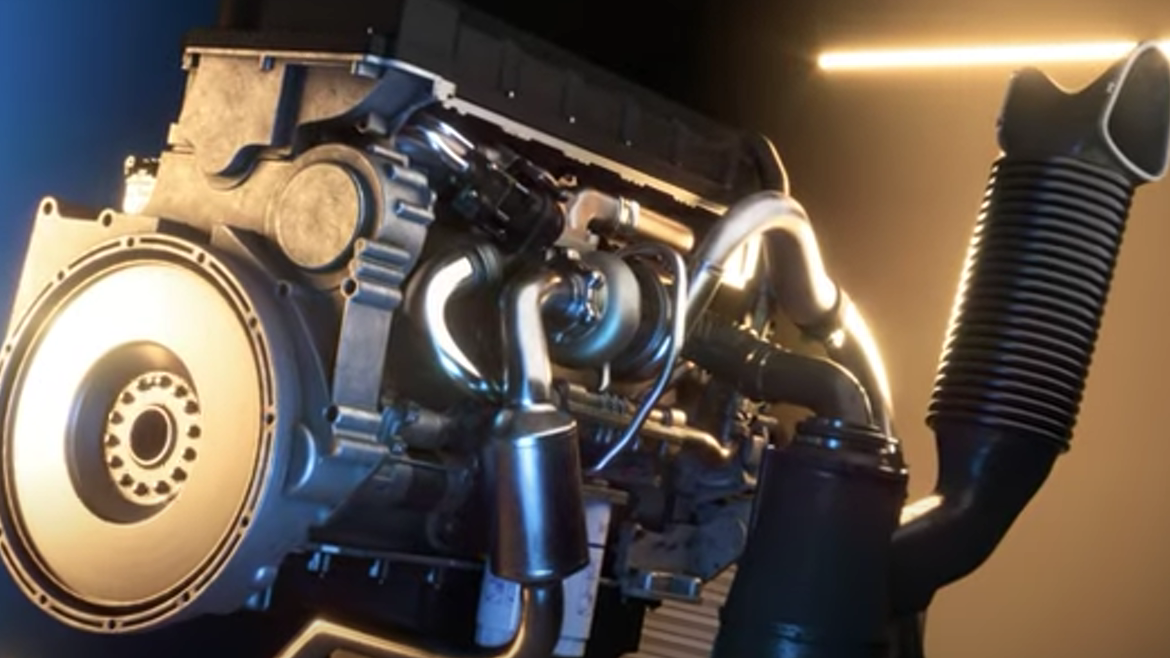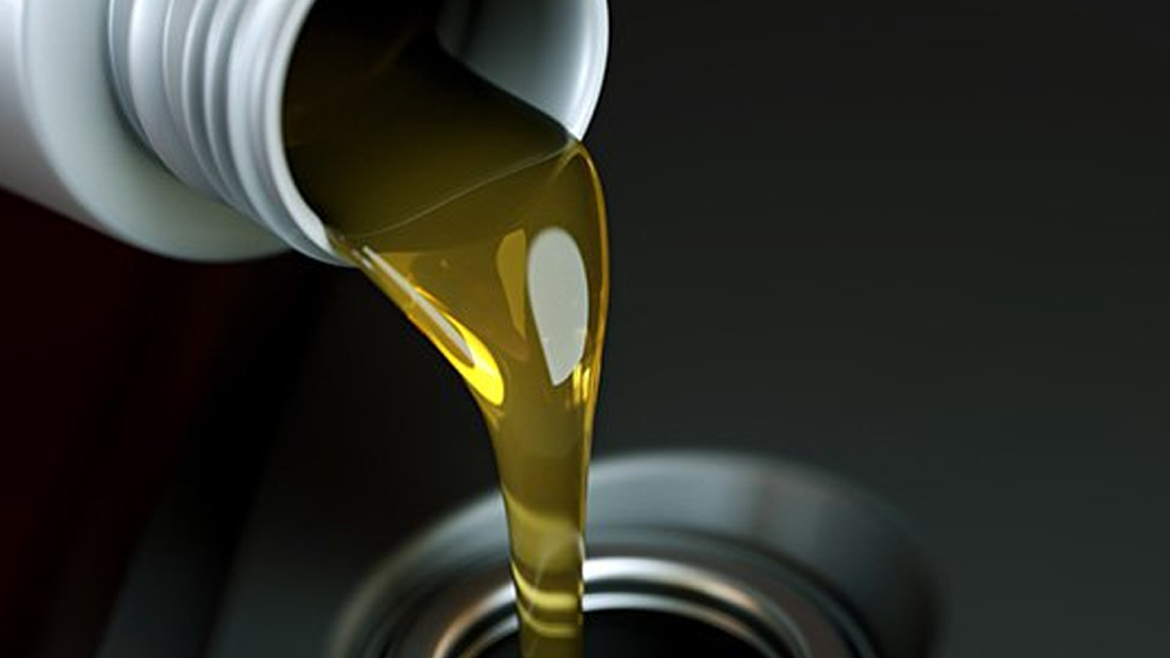Dec 14, 2018
Posted by Marcelo Hipolito, General Manager – Latin America Sales
As heavy-duty truck OEMs can attest, the market for new trucks in the Mexican market has seen some significant growth over the past several years, and it continues to grow in importance. As the 16th largest commercial vehicle population in the world, it’s an area of opportunity for global truckmakers.
Here’s something to consider: New truck sales in the Mexico market are forecast to grow at a compound annual growth rate (CAGR) of 8 percent by 2021, compared to the overall size of the vehicle population which is projected to grow at a CAGR of 1 percent. It’s happening for a few reasons. Fleet operators are investing in new vehicles to grow their business, while new regulations are demanding better emissions performance from vehicles on the road. It’s not dissimilar from situations we’re seeing elsewhere around the world.
But importantly, with an increasing proportion of the commercial vehicle population in Mexico comprising new engine hardware, ongoing high performance to meet those emissions goals requires the right lubricant technology that matches the needs of today’s engine technology.
Right now, however, approximately 40 percent of the Mexico commercial vehicle market adheres to API CF-4 and lower, an obsolete specification that doesn’t provide the right protection for new hardware. CF-4-certified engine oils simply aren’t suitable for use in the majority of diesel-powered automotive engines built after 2009. There is a clear need to upgrade the Mexico heavy-duty marketplace to CH-4 as the minimum level of certified performance.
There are numerous benefits such an upgrade would bring to the market at large. And importantly for OEMs, moving the market to CH-4 and beyond would ensure the minimum level of protection for the engine, along with assurance that new technology is meeting its full potential when it comes to efficiency and emissions reduction. Higher-performance lubricants deliver the following benefits that are each critical to the ongoing performance of new vehicles:
- Wear protection for new engine parts. Many heavy-duty engines have increased their number of valves from two to four for improved combustion efficiency. That’s more surface area to protect, and CH-4 lubricants and above deliver a better wear protection.
- Oxidation and deposit control. High-top piston rings are increasingly used to curb emissions, but this can also lead to higher heat levels and cause increased rates of lubricant oxidation and deposit formation. CH-4 lubricants and higher deliver a better oxidation performance and deposit control.
- Soot handling. In new engines, combustion flame temperatures have generally been lowered to delay fuel injection timing, thus curbing NOx production. Delayed injection, however, can lead to higher soot levels. CH-4 and higher lubricants offer the necessary soot handling performance.
Everyone involved the global automotive and lubricants market today ought to be directly invested in moving markets like Mexico toward higher performance. Everyone benefits, from fleet owners who can keep their vehicles on the road for longer periods of time, to OEMs who are assured that their engines are being serviced with the right technology to make an impact.
Our view
Global adoption of higher-performance lubricants will depend on clear market education, and we believe that OEMs should be part of this push.
All too often we see commercial fleet operators downgrading their lubricant choice somewhere along the process, most commonly after the warranty phase. The benefits of continuing to select higher- performing lubricants throughout a vehicle’s lifetime are clear—and our industry must be communicating them.
For more information on the standards in the Mexican lubricant market, contact your Lubrizol representative.









